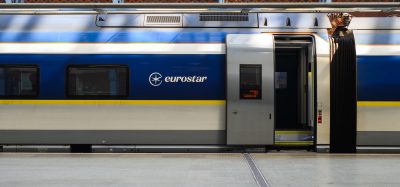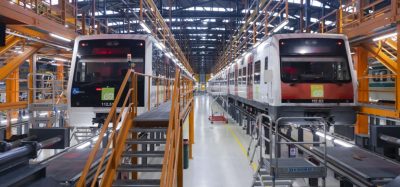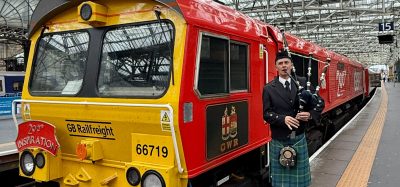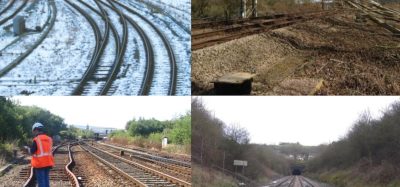200 years of commercial rail: how safety communications have evolved
Posted: 14 October 2025 | Massimiliano Beccuti | No comments yet
As commercial rail celebrates its bicentenary, VIAVI Solution’s Product Line Manager, Railway, Massimiliano Beccuti, examines the evolution of communication networks, crucial in enabling trains to travel at up to 250 mph and beyond – safely.
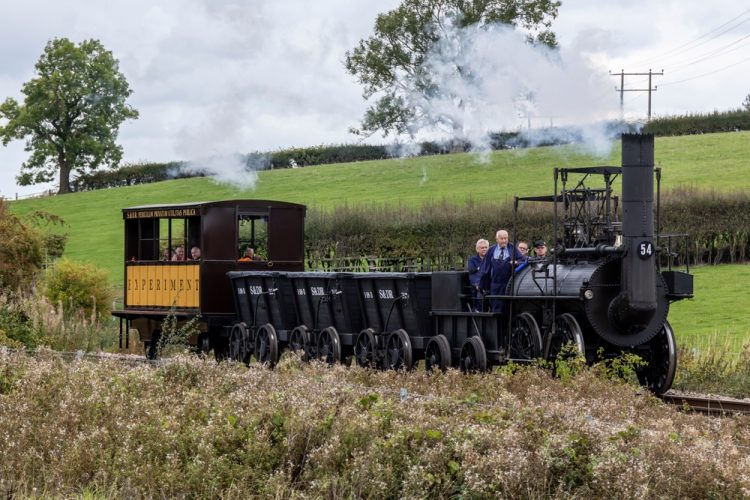

Locomotion No1, steam locomotive, travels between Shildon and Darlington as part of the 200th anniversary celebrations. Credit: JS Rowley / Shutterstock.com
How safety communications have evolved in commercial rail
Today, over 800,000 miles of track carry passengers many trillions of miles each year. But it all started on a 26-mile stretch of track between Stockton and Darlington in the North of England on 27th September 1825, with 550 passengers making the journey on that first day.
In the 1820s, the most advanced communication system possible was a man on horseback riding in front of the train…”
The Stockton Darlington line opened as a mixed-use line hauling both coal from the mines to the boats, and passengers. This happened in separate trains (with passenger trains initially being horse-drawn) but took place on a mixed-use line. Passing points were therefore created to allow both two-way traffic and overtaking to happen, but systems were needed to ensure safety. This being the 1820s, the most advanced communication system possible was a man on horseback riding in front of the train and this practice continued until 1833.
Just two weeks after the opening of the Stockton-Darlington line (on 10th October), the first evolution in safety technologies took place, with the launch of the first timetable. This not only reduced the chance of trains meeting (and crashing), but also reduced the time spent waiting at passing points and allowing more trains to travel on the line.
Within 14 years, this system was enforced across all subsequent networks, with timetables being rolled out nationwide… and directly leading to the creation of standardised time zones.
Commercial rail networks started to quickly expand, with more routes, more lines and more companies. In May 1830, the Baltimore and Ohio Railroad opened, creating the first part of the US rail network. This is a particularly noteworthy addition as, despite its comparatively low number of passenger miles, the U.S. still has the largest rail network of any country (140,000 miles).
Of course, with an increased use comes an increased risk of collisions. The increased number of services, and commercial pressure for faster services, meant it was no longer practical to have men riding ahead of the locomotives. So, in the 1830s, flagmen started to be hired. These men were positioned along the track to relay warnings, via flags in the day and via lanterns at night.
Because this required trust, many were policemen and so (in the UK at least) they became known as Bobbies.
Formal signalling systems
The use of Bobbies was both expensive, and required men to be out in all weathers, making it a particularly unpleasant job. It was a far from perfect system, one that relied on giving train drivers unambiguous instructions that were readable at a distance.
For this, a better system already existed. Semaphore was invented in 1792 and had been proven in battle, for example in 1805’s Battle of Trafalgar, with flags relaying messages between ships. While too complex for communicating to drivers in this form, a simplified version was created specifically for use on the railways, with messages being relayed via mechanical arms on signal boxes, and deployed from 1841.
This was quickly aided by the addition of telegraph, which was invented just four years before (in 1837). Communication to drivers was still via manual signals, but the implementation of telegraph wires allowed long-distance communications between signal boxes to be relayed almost instantaneously, regardless of weather conditions (e.g. fog, heavy rain) that would otherwise have stopped a semaphore signal from being seen.
Automation
The use of telegraph lines also allowed one of the core principles of safety that is used to this day: block signalling. For this, the line is sectioned up into blocks, with only one train allowed at any given time, with communications sent to confirm when a train had cleared a block before another was allowed in.
In 1872, the first stages of automation were put in place, with the creation of track circuits giving a real-time, fail-safe confirmation of an occupied block. These use the rails themselves to detect the presence of a train, with signals changing automatically to red when a block is occupied.
As electric signalling started to be used in the 1920s, oil lamps and semaphores began to be swapped for electric light signals to automatically give drivers clear instructions, eliminating a point of human error and therefore increasing capacity on the tracks.
Around the same time, centralised traffic control (CTC) began to be used. First adopted by the US railroads, CTC allows a single operator to manage long stretches of track safely. This was joined by interlocking, which ensures signals and points were only used with pre-set ‘safe’ combinations.
Infrastructure to train communications
By the 1930s, many sources of human error were being eliminated, but one in particular still remained: the driver.
In 1952, one of the worst train crashes in UK history occurred, the Harrow and Wealdstone rail disaster. Signals were missed by drivers and three trains collided, with 112 people killed. The public outcry led to automated warning systems being implemented from the late 1950s.
Communications to the train was managed through magnets placed on the rails, with a magnetic field sensor placed on the locomotive’s leading axle. If a train passed a red signal, both a visual and an audible warning was emitted in the cab and brakes automatically applied as a failsafe if no acknowledgment was given.
By the 1990s, mobile technologies were starting to come into effect, specifically a rail-specific version of the 2G mobile standard, GSM-R.
This not only provides voice and data links over secure links, but can also be used alongside systems such as the US’s Positive Train Control technology and the European Train Control System to enforce signal compliance and speed limits.
Digital communications
The 2G mobile signal is set to become obsolete – and soon. In the US, service providers have already discontinued 2G services, and it will be switched off in France from 2026, with Germany and the UK following shortly thereafter.
While this doesn’t directly dictate the end of GSM-R communications, the 5G-based rail standard has been developed to replace it: the Future Railway Mobile Communication System (FRMCS). This is based on 5G NR technology and enables higher capacities and lower latencies in communications, and therefore significantly improves services such as PTC.
The future of rail safety lies in the high-speed, data-rich environment of 5G, and this will ensure the next 200 years are far safer than the last.”
However, it cannot be switched until testing and validation has been completed. Among the most advanced of these validation projects is France’s MORANE-2, which is backed by EU-RAIL and the European Smart Networks and Services Joint Undertakings. This initiative involves a consortium of railway operators, infrastructure managers, and technology suppliers, including VIAVI.
The project aims to test FRMCS specifications and demonstrate its integration into the European Rail Traffic Management System (ERTMS), paving the way for its deployment across Europe.
While the US isn’t bound by European FRMCS standards, operators like Amtrak and freight giants are actively exploring 5G-based solutions to enhance PTC’s capabilities, improve operational efficiency, and support autonomous train operations.
Regardless of the acronym used in the US, the transition is following a similar path, meaning the future of rail safety lies in the high-speed, data-rich environment of 5G, and this will ensure the next 200 years are far safer than the last.
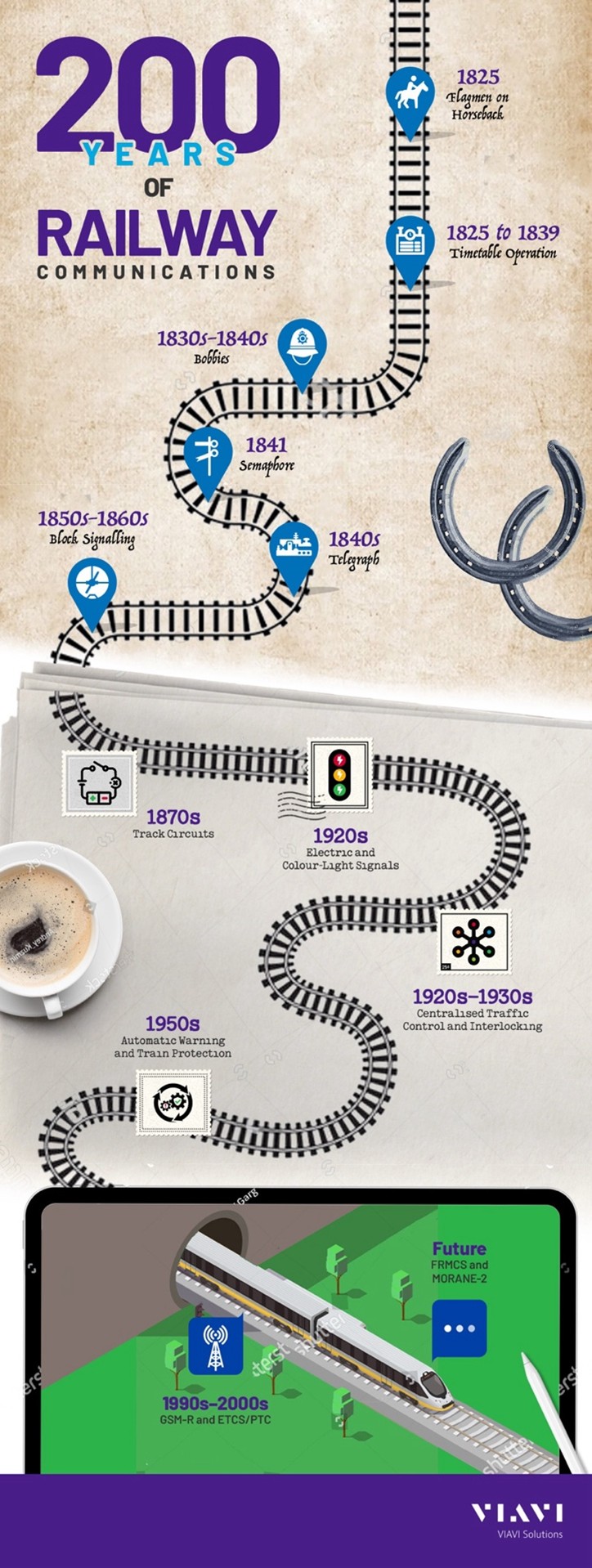

Diagram representing 200 years of railway communications. Credit: VIAVI
Meet the author


Massimiliano Beccuti is Product Line Director for Railway at VIAVI Solutions, specialising in railway and MCX assurance. With two decades of experience in RF, GSM-R, and ETCS/ERTMS, he has held senior leadership roles driving product innovation, certification, and engineering delivery.
Global Railway Review Autumn/ Winter Issue 2025
Welcome to 2025’s Autumn/ Winter issue of Global Railway Review!
The dynamism of our sector has never been more apparent, driven by technological leaps, evolving societal demands, and an urgent global imperative for sustainable solutions.
>>> Read the issue in full now! <<<
Related topics
Digitalisation, European Train Control System (ETCS), Future Railway Mobile Communications System (FRMCS), Global System for Mobile Communications – Railway (GSM-R), Infrastructure Developments, Positive Train Control (PTC), Safety, Signalling, Control & Communications, Station Developments, Technology & Software, Timetabling/Scheduling



